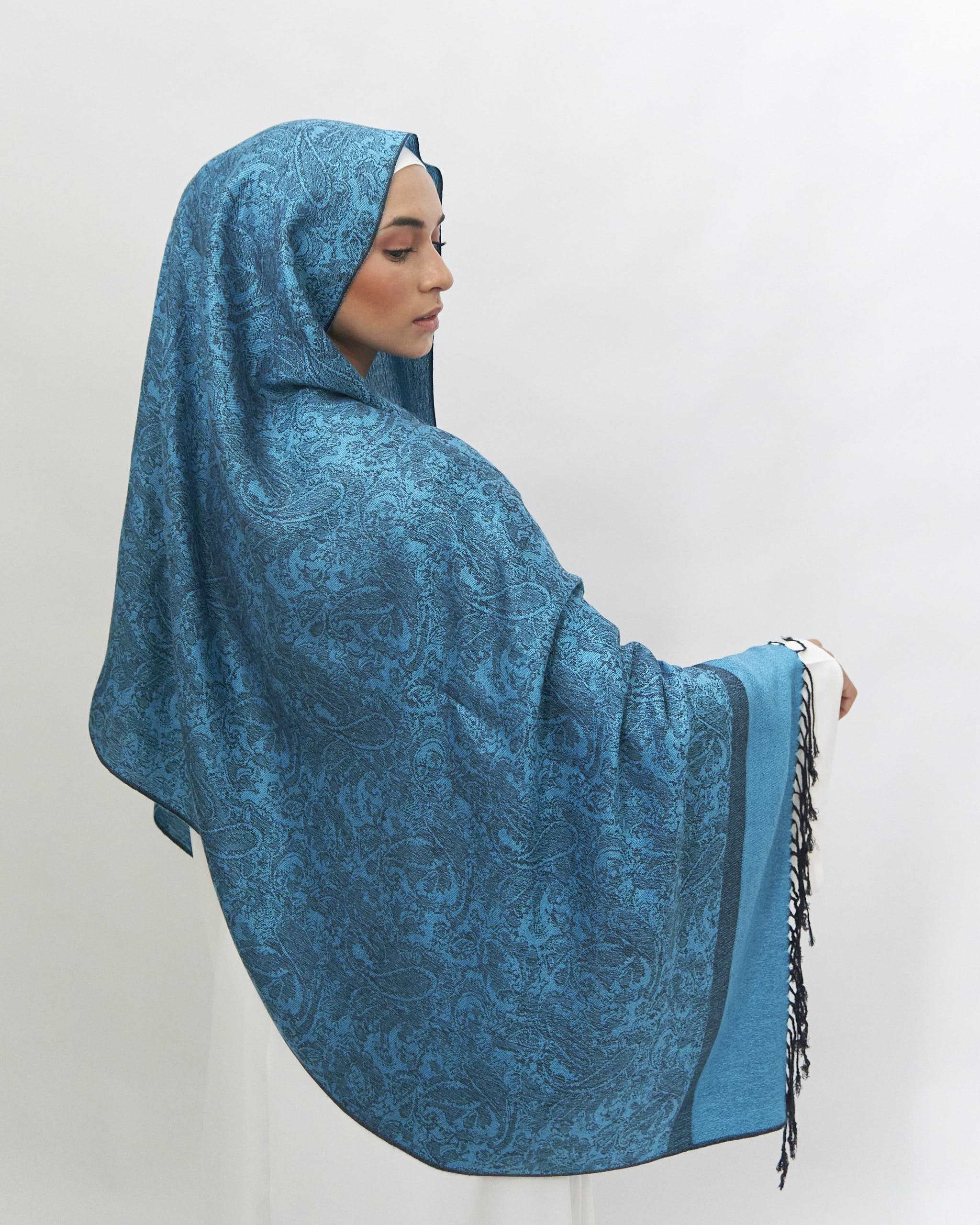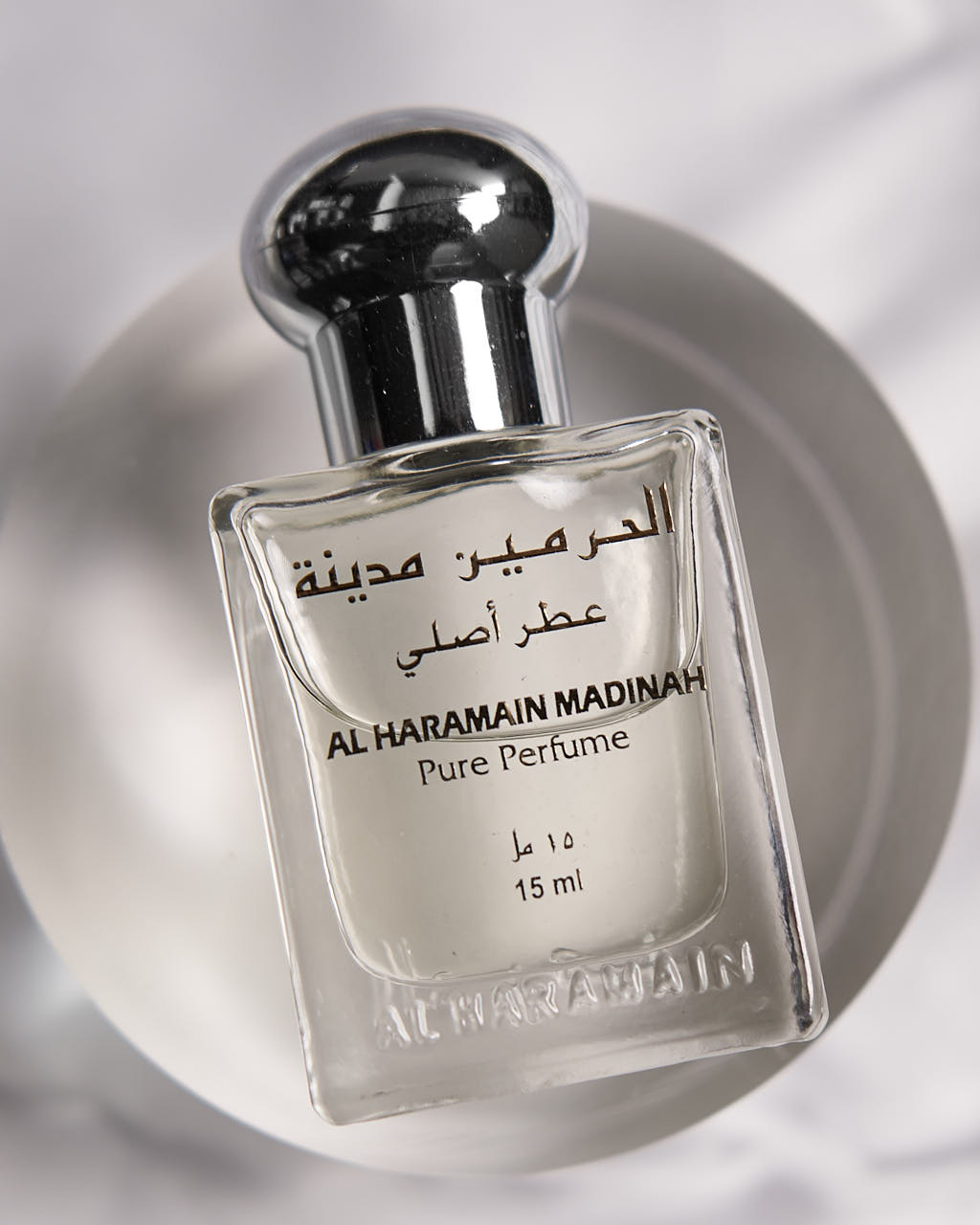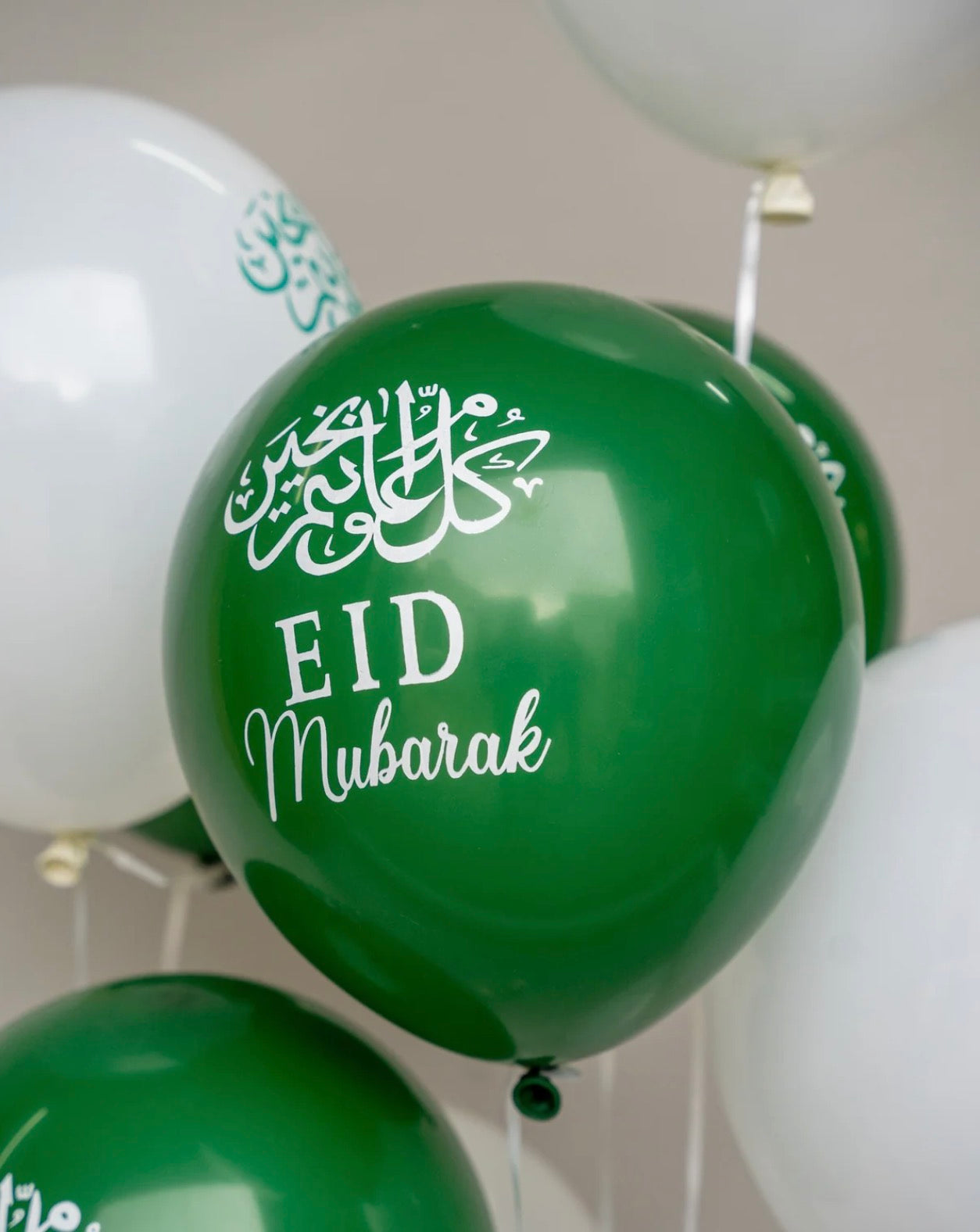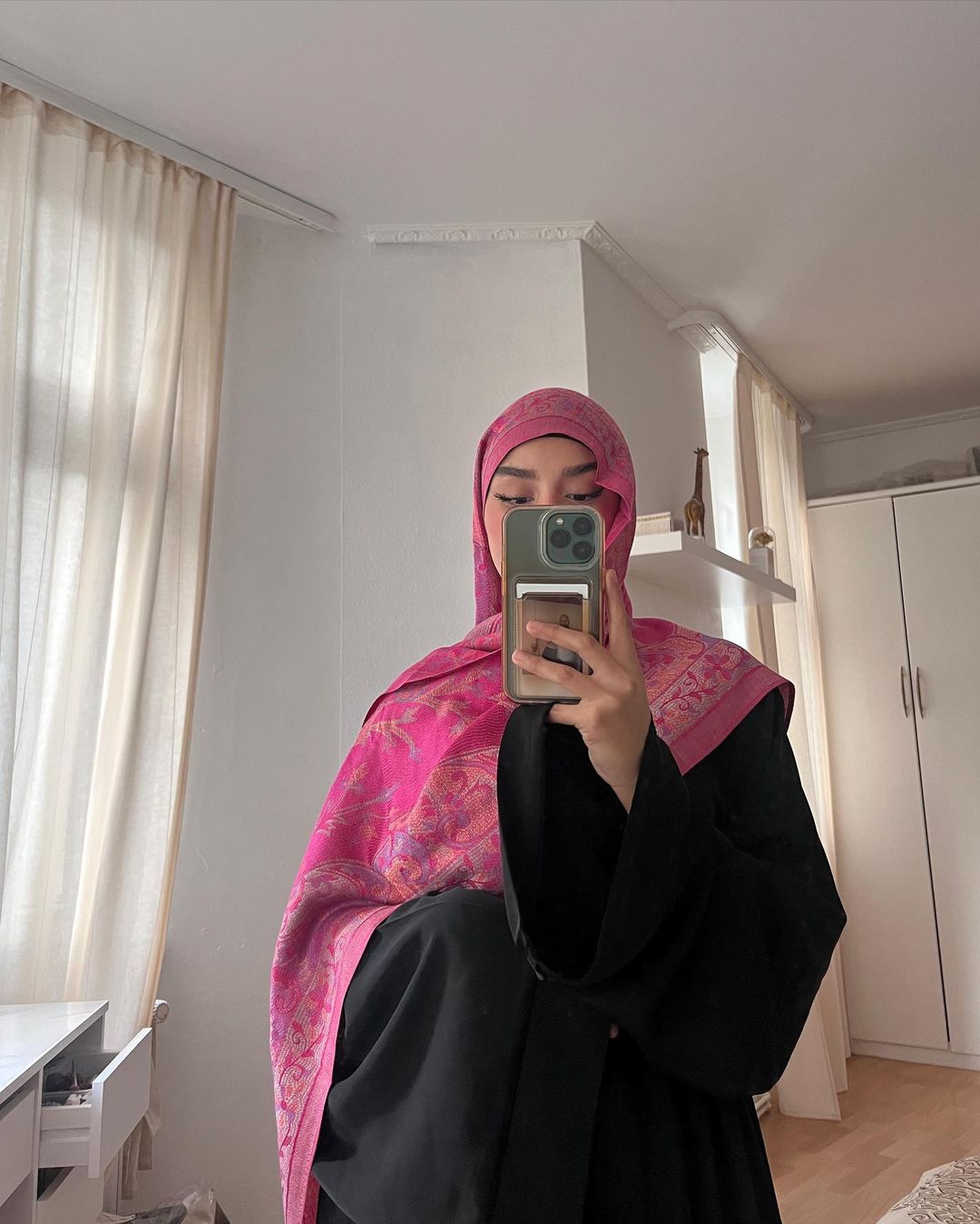The abaya is more than just a garment; it is a reflection of tradition, culture, and personal style. For centuries, the abaya has been worn by women in the Middle East as a symbol of modesty and elegance. Its timeless beauty continues to captivate people around the world, transcending cultural boundaries and becoming a global fashion phenomenon.
Understanding the Abaya: More Than Just a Garment
When we think of the abaya, we often see it as a black flowing cloak that covers the entire body, but its significance goes far beyond its appearance. The abaya holds deep historical and cultural roots that are worth exploring.
The abaya, a traditional garment worn by women in the Middle East, has a rich history that spans centuries. It is not merely a piece of clothing, but a symbol of modesty, tradition, and cultural identity.
The Historical Significance of the Abaya
The history of the abaya dates back to ancient times when women would wear loose, flowing garments to preserve their modesty and protect themselves from the harsh desert climate. In the scorching heat of the Arabian Peninsula, the abaya provided much-needed shade and protection from the sun's rays.
Over the centuries, the abaya evolved into the elegant and sophisticated garment we know today. During the Ottoman Empire, the abaya became a symbol of noble status and wealth. Embroidered with exquisite patterns and crafted from luxurious fabrics, it was worn by women of high social standing.
As time went on, the abaya became more than just a practical garment. It became a reflection of cultural values and traditions. Different regions developed their own unique styles of abayas, incorporating local fabrics, colors, and embellishments.
The Abaya in Modern Culture
Fast forward to the present day, the abaya has become an integral part of modern Arabian culture. It is worn by women of all ages and backgrounds, serving as a means of self-expression and identity. Many designers have taken inspiration from the abaya, incorporating it into contemporary fashion collections.
With its ever-growing popularity, the abaya has now captured the attention of fashion enthusiasts and designers worldwide. Its influence can be seen not only in the Middle East but also in Western fashion. Fashion shows and exhibitions dedicated to abayas have emerged, showcasing the creativity and diversity of this traditional garment.
Furthermore, the abaya has become a symbol of empowerment for many women. It allows them to embrace their cultural heritage while navigating the modern world. Women have found ways to personalize their abayas, adding unique touches and accessories to make them their own.
Moreover, the abaya has become a medium for artistic expression. Talented artists and designers have transformed the abaya into a canvas, using intricate embroidery, hand-painted motifs, and innovative designs to create wearable works of art.
As the abaya continues to evolve, it remains a powerful symbol of cultural identity and tradition. It serves as a reminder of the rich history and heritage of the Middle East, connecting generations and bridging the gap between the past and the present.
The Abaya as a Fashion Statement
The abaya has undergone a remarkable transformation over the years. Today, it comes in various styles, colors, and embellishments, catering to individual preferences and fashion trends.
But what exactly is an abaya? The abaya is a loose-fitting, full-length robe worn by women in many parts of the world, particularly in the Middle East. Traditionally, it was predominantly black and designed to conceal the body, reflecting cultural and religious norms. However, as fashion evolves, so does the abaya.
The Evolution of Abaya Styles
Traditionally, the abaya was predominantly black and loose-fitting, designed to conceal the body. However, contemporary abayas have become more diverse, incorporating different cuts, fabrics, and designs.
Imagine walking into a store and being greeted by a dazzling array of abayas in vibrant colors like royal blue, emerald green, and deep purple. These modern abayas are not only visually striking but also allow women to express their individuality and personal style.
From tailored abayas with intricate detailing to modern interpretations with unique silhouettes, the range of styles available has made the abaya a versatile fashion staple for women around the world. Whether it's a flowy abaya with delicate lace accents or a sleek, structured abaya with metallic embellishments, there is something for everyone.
The Role of Designers in Abaya Fashion
Designers have played a crucial role in transforming the abaya into a fashion statement. With their creativity and innovation, they have elevated the abaya from a practical garment to a wearable work of art.
Many renowned designers have embraced the challenge of reinventing the abaya while respecting its cultural significance. They experiment with different fabrics, textures, and embellishments, pushing the boundaries of traditional design.
Picture a runway show where models strut down the catwalk in abayas that are anything but ordinary. These designer abayas feature intricate embroidery, beading, and sequins, creating a dazzling display of craftsmanship. Some designers even incorporate traditional Middle Eastern motifs into their designs, paying homage to the abaya's roots.
Moreover, the influence of designers has extended beyond the runway. In recent years, collaborations between high-end fashion brands and abaya designers have emerged, bringing a touch of luxury to the abaya market. These collaborations have resulted in limited-edition abayas crafted from luxurious fabrics like silk and adorned with exquisite handcrafted details.
Thanks to the vision and creativity of designers, the abaya has become more than just a piece of clothing. It has become a symbol of cultural pride, a celebration of diversity, and a testament to the power of fashion to transcend boundaries.
The Symbolism and Meaning Behind the Abaya
Beyond its aesthetic appeal, the abaya carries deep symbolism and meaning, serving as a powerful cultural icon and a symbol of modesty.
The abaya, a flowing and loose-fitting garment, holds a significant place in the hearts and minds of those who wear it. It is not merely a piece of clothing, but a statement of identity and values. It represents the essence of modesty, reminding individuals of the importance of self-respect and dignity.
In a world where fashion often emphasizes revealing and body-hugging clothing, the abaya stands as a symbol of modesty and a shield against the pressures of societal norms. It allows women to present themselves with grace and elegance while maintaining their values.
For many women, wearing the abaya is a personal choice that reflects their beliefs and values. It empowers them to embrace their cultural heritage and express their individuality. Each abaya is unique, reflecting the personality and style of the wearer. From intricate embroidery to delicate embellishments, the abaya becomes a canvas for self-expression.
The Abaya as a Symbol of Modesty
The abaya's significance as a symbol of modesty extends beyond its physical appearance. It serves as a constant reminder to individuals to embody humility and simplicity in their actions and interactions. It encourages them to prioritize inner beauty and character over outward appearances.
When donning an abaya, women often experience a sense of empowerment and liberation. It allows them to move freely without the constraints of societal expectations. The abaya becomes a shield, protecting them from objectification and allowing them to focus on their accomplishments and contributions.
Moreover, the abaya fosters a sense of unity among women who wear it. It creates a bond that transcends borders and cultures, connecting individuals through shared values and experiences. It is a symbol of solidarity, reminding women of their collective strength and resilience.
The Abaya as a Cultural Icon
Throughout history, the abaya has become synonymous with Arabian culture and identity. It represents the rich traditions, customs, and values of the region. Its origins can be traced back to ancient times, where it was worn as a practical garment to protect individuals from the harsh desert environment.
As Arabian culture spread across the globe, so did the recognition and admiration for the abaya. Influential figures and celebrities have been seen wearing abayas, showcasing the beauty and diversity of Arabian fashion. This global recognition has not only elevated the status of the abaya but also increased appreciation for the cultural heritage it represents.
Furthermore, the abaya has become a source of inspiration for designers worldwide. Its elegant silhouette and intricate details have influenced fashion trends, leading to the fusion of traditional and contemporary styles. The abaya has transcended its cultural boundaries, becoming a symbol of fashion innovation and creativity.
In conclusion, the abaya holds a profound significance that goes beyond its physical appearance. It represents modesty, cultural heritage, and individuality. It serves as a reminder to embrace one's values and express oneself authentically. The abaya is not just a garment; it is a symbol of empowerment, unity, and timeless beauty.
The Global Influence of the Abaya
The reach of the abaya extends beyond its origins, as it has made a significant impact on the global fashion scene.
The Abaya in Western Fashion
With the rise of cultural appreciation and inclusivity, the abaya has found its place in Western fashion. Designers and fashion houses have embraced the abaya, incorporating its elements into their collections.
Celebrities and public figures from various backgrounds have also embraced the abaya, wearing it on red carpets and other prominent events. This cross-cultural appreciation has brought the beauty of the abaya to new audiences.
The Impact of the Abaya on Global Fashion Trends
The abaya's influence goes beyond being a fashion statement; it has had a significant impact on global fashion trends. Its flowing silhouette, attention to detail, and emphasis on elegance have inspired designers worldwide.
We see elements of the abaya in mainstream fashion, such as long, flowing dresses and loose-fitting outerwear. The abaya's timeless appeal has proven that modesty can be fashionable and that cultural heritage can shape the future of fashion.
The Future of the Abaya in Fashion
The abaya continues to evolve and adapt to the changing fashion landscape. Designers and fashion enthusiasts are pushing the boundaries of traditional design, exploring new possibilities and innovations.
Innovations and Trends in Abaya Design
Technology and advancements in the fashion industry have paved the way for new innovations in abaya design. From 3D printing to smart fabrics, designers are incorporating cutting-edge techniques to create unique and modern abayas.
Moreover, sustainability has become a key focus in fashion, and this trend is reflected in abaya design as well. Designers are exploring eco-friendly materials and ethical manufacturing processes, ensuring that the abaya remains relevant in a changing world.
The Abaya in the Digital Age
As technology continues to shape the way we interact with fashion, the abaya has found a place in the digital world. Online platforms and social media have allowed designers to showcase their creations to a global audience.
The accessibility of online shopping has made it easier for women worldwide to embrace the beauty of the abaya. They can explore different styles, colors, and designs, finding the perfect abaya that reflects their personal style and cultural heritage.
In conclusion, the abaya is more than just a fashion statement; it represents tradition, culture, and personal expression. From its historical roots to its global appeal, the abaya has captivated people around the world with its timeless beauty. As it continues to evolve and adapt, the abaya will undoubtedly remain a symbol of elegance and empowerment for generations to come.













1 comment
almaryum
“Abayas are a beautiful representation of cultural identity and heritage. I love seeing the unique designs and patterns that reflect different regions and traditions.”
Leave a comment
All comments are moderated before being published.
This site is protected by reCAPTCHA and the Google Privacy Policy and Terms of Service apply.